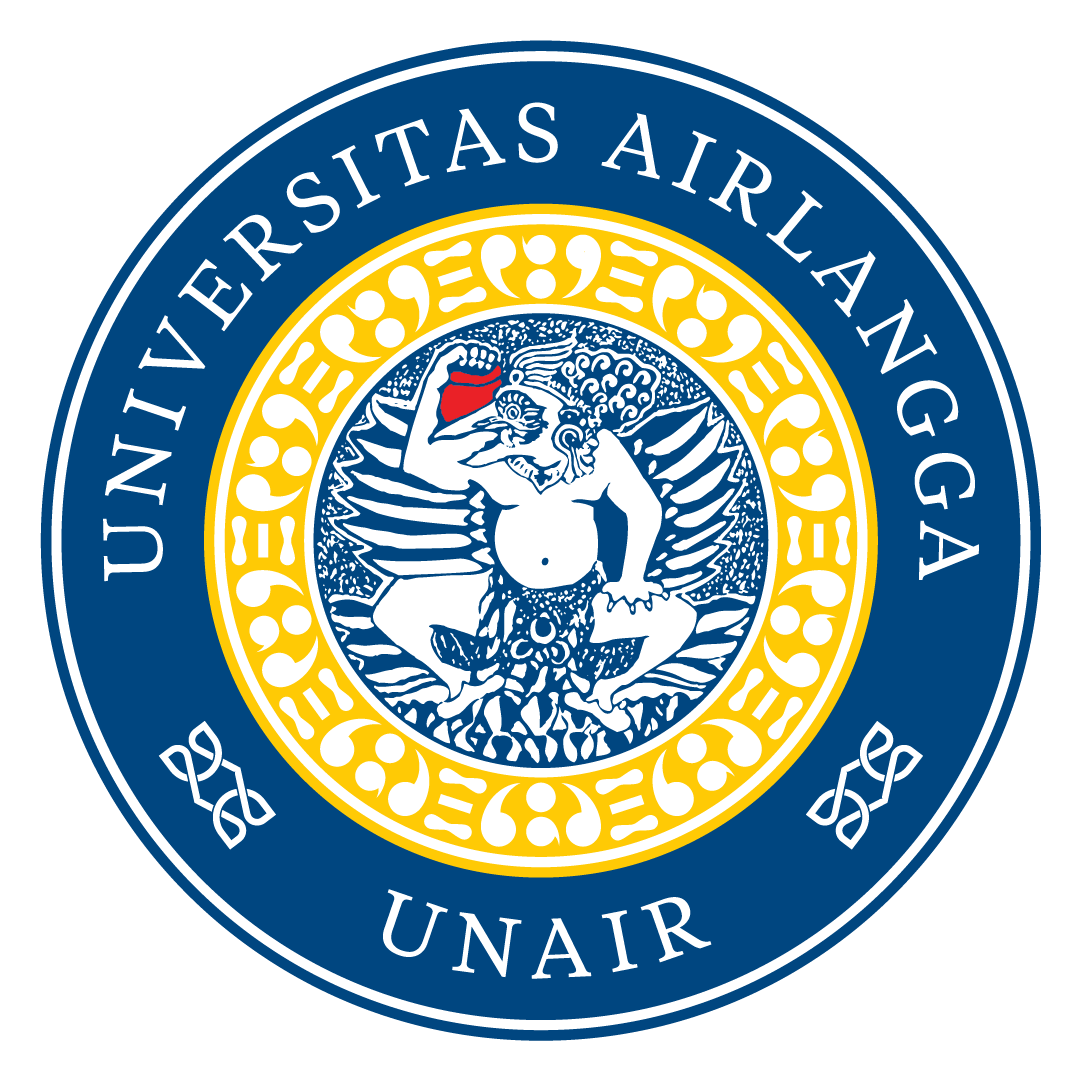Module designation | Numerical Differential Equations (MAT211) | ||||||||||||||
Semester(s) in which the module is taught | 4th | ||||||||||||||
Person responsible for the module | Dr. Windarto, M.Si. | ||||||||||||||
Language | Indonesian | ||||||||||||||
Relation to curriculum | Compulsory / elective / specialisation | ||||||||||||||
Teaching methods | Lecture, lesson and project | ||||||||||||||
Workload (incl. contact hours, self-study hours) | 2 x 170 minutes (2 x 50 minutes lecture and lesson, 2 x 60 minutes structural activities, 2 x 60 minutes self-study) per week for 16 weeks | ||||||||||||||
Credit points | 2 CP (3.2 ECTS) | ||||||||||||||
Required and recommended prerequisites for joining the module | Ordinary Differential Equation (MAT210) | ||||||||||||||
Module objectives/intended learning outcomes | General Competence Students are expected to be able to apply the concept of numerical methods to determine solutions to ordinary differential equations or systems of ordinary differential equations. Specific Competence Students are expected to be able to: (1) Determine numerical solutions of ordinary differential equation systems with initial conditions.(2) Determine numerical solutions of ordinary differential equation systems with boundary conditions. | ||||||||||||||
Content | This course discusses numerical methods for differential equations with initial conditions, such as the Euler, Runge-Kutta, predictor-corrector, and implicit Euler methods. It also discusses numerical methods for differential equations with boundary values, such as finite difference and shooting methods. Finally, this course discusses applying numerical methods to mathematical models represented as ordinary differential equations or systems. | ||||||||||||||
Examination forms | Oral presentation and writing final report. | ||||||||||||||
Study and examination requirements | Students are considered to pass if they at least have got a final score 40 (D). The assessments include midterm project and final project. Final score is calculated as follow: 10% softskill + 45% midterm project + 45% final project. Final index is defined as follow:
| ||||||||||||||
Reading list | (1) C. Butcher, 2008, Numerical Methods for Ordinary Differential Equations, 2nd Edition, John Wiley & Sons. (2) M.H. Holmes, 2007, Introduction to Numerical Methods in Differential Equations, Springer. |

